16
Common Forum/Request/Suggestions / Commoners Who Became Princesses:
« on: September 05, 2013, 07:34:59 PM »
Commoners Who Became Princesses:
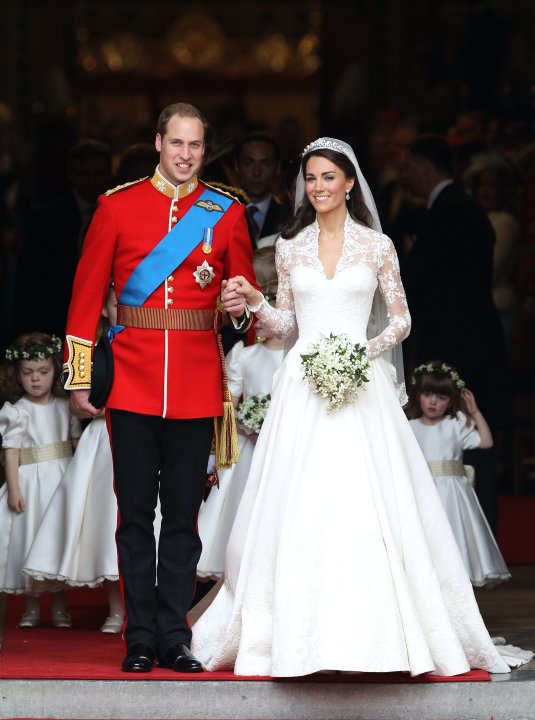
Kate Middleton
Catherine Middleton's 2011 marriage to Prince William, Duke of Cambridge, revived the country's interest (and the world's, for that matter) in the royal family. The wedding ignited a media frenzy that has continued with the birth of the couple's first baby, George, in July.
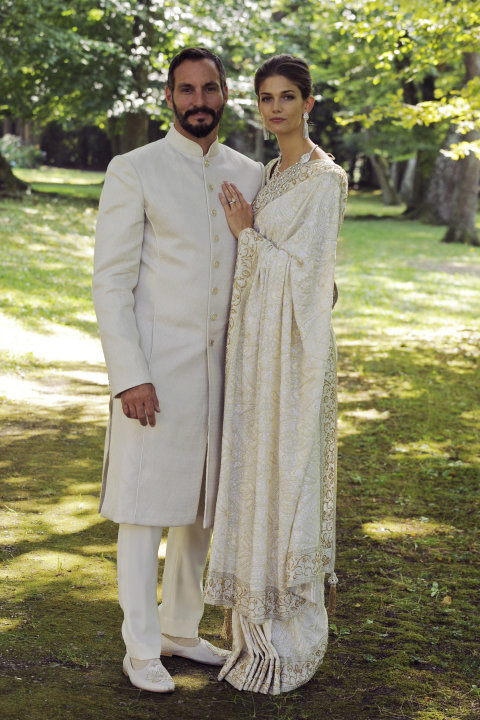
Kendra Spears and Prince Rahim Aga Khan
Photo by: Getty Images
Rita Hayworth
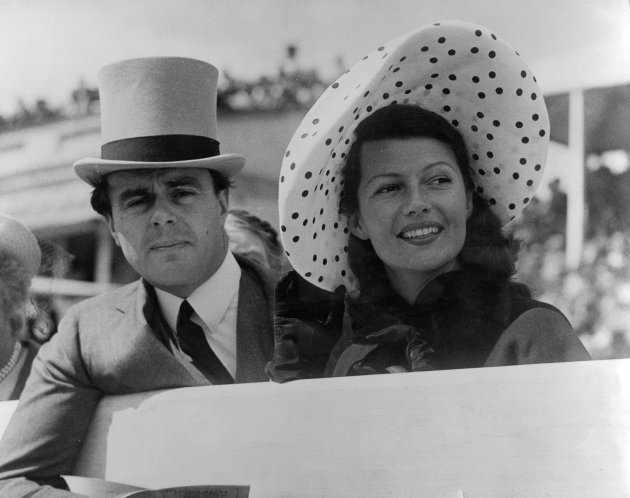
Rita Hayworth
Screen goddess Rita Hayworth married playboy Prince Aly Khan in 1949. The first Hollywood actress to wed royalty, she
was pregnant with their only child, Yasmin, at the time.
 Sarah Croker-Poole
Sarah Croker-Poole
Fashion model Sarah Croker-Poole dipped her toe into the royal waters with her starter marriage to Lord James Charles Crichton-Stuart in 1959. The two divorced in 1968 and she graduated to full-blown princess the following year when she wed Prince Karim Aga Khan IV. That marriage ended in 1995, though she was allowed to keep her princess title.
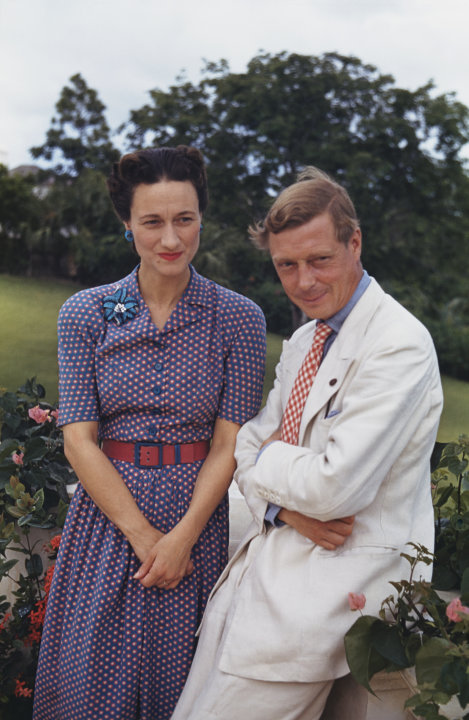 Wallis Simpson
Wallis Simpson
Edward VIII, king of the United Kingdom, gave up his throne to marry American double divorcee Wallis Simpson in 1937. While she never became a princess, Simpson did snag the title of Duchess of Windsor.

Lisa Najeeb Halaby
Queen Noor of Jordan was born in Washington, D.C., but gave up her American citizenship to marry King Hussein in 1978. She was his fourth wife and is the stepmother of the country's current ruler, King Abdullah, who ascended to the throne after his father succumbed to cancer in 1999.
 Sarah Ferguson
Sarah Ferguson
Sarah Ferguson and Prince Andrew, Duke of York, were only married from 1992 to 1996 but remain close friends. Recently Fergie was invited to Balmoral, the queen's Scottish retreat, and there are rumors she and the prince may remarry (which their reps have denied).

Masako Owada
Harvard-educated Masako Owada turned down Japanese Crown Prince Naruhito twice before finally accepting his marriage proposal. The two married in 1993.
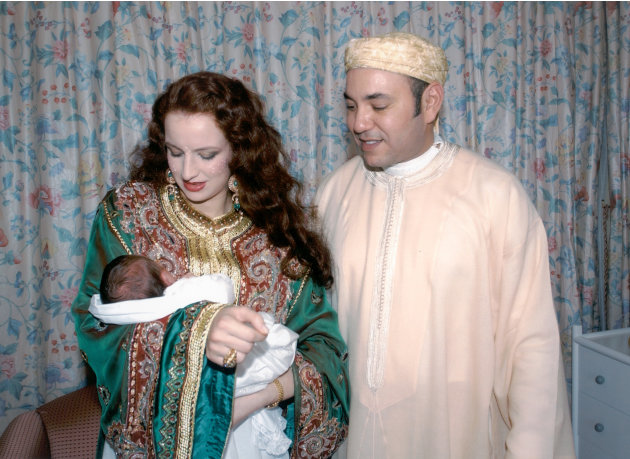 Lalla Salma
Lalla Salma
The daughter of a schoolteacher, Princess Lalla Salma, wife of King Mohammed VI, was the first wife of a Moroccan ruler to be given a title.
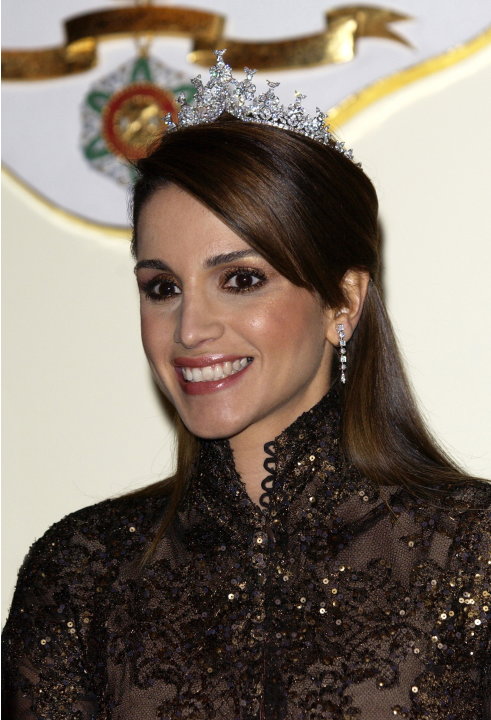
Rania Al-Yassin
Kuwaiti-born Rania Al-Yassin married Prince Abdullah of Jordan in 1993. An advocate for global education who has appeared in Vogue, she strives to present a more modern image of Arab women to the world. She even identifies herself on Twitter as "a mum and a wife with a really cool day job."
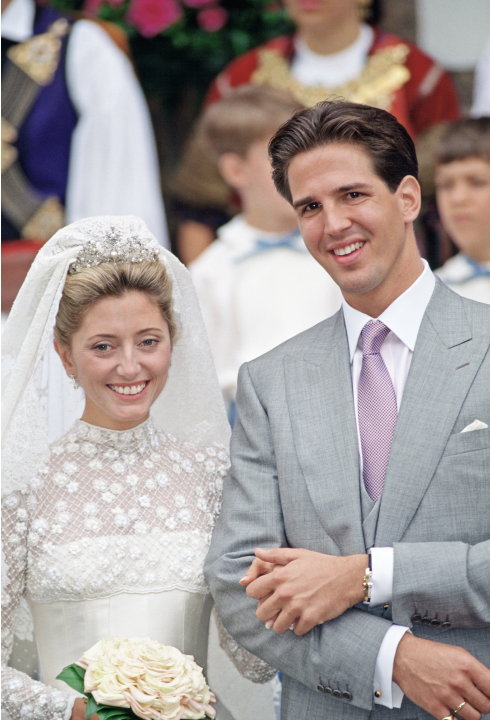
Marie-Chantal Miller
Daughter of billionaire Robert Miller, who co-founded Duty Free Shops, and his Ecuadorian-born wife, Maria Clara Pesantas, Marie-Chantal Miller married Prince Pavlos of Greece in 1995. He called it "love at first sight" when he met her at a dinner party thrown by mutual friends.

Letizia Ortiz Rocasolano
Before marrying Felipe, Prince of Asturias, heir to the Spanish throne, Letizia Ortiz Rocasolano worked as a news anchor and journalist. The couple's 2004 wedding in Madrid marked the first royal wedding in the city in a century.
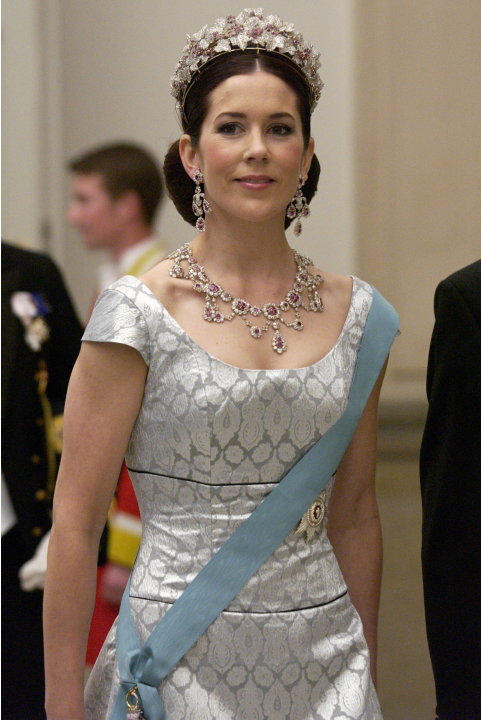
Mary Elizabeth Donaldson
A native of Australia, Mary Elizabeth Donaldson met Frederick, the crown prince of Denmark, in a Sydney pub when he was attending the 2000 Olympic Games. The two had a long-distance courtship and married in 2004.
Source:http://shine.yahoo.com/photos/commoners-became-princesses-rules-engagement-slideshow/-photo-2683410-013300193.html

Kate Middleton
Catherine Middleton's 2011 marriage to Prince William, Duke of Cambridge, revived the country's interest (and the world's, for that matter) in the royal family. The wedding ignited a media frenzy that has continued with the birth of the couple's first baby, George, in July.

Kendra Spears and Prince Rahim Aga Khan
Photo by: Getty Images
Rita Hayworth

Rita Hayworth
Screen goddess Rita Hayworth married playboy Prince Aly Khan in 1949. The first Hollywood actress to wed royalty, she
was pregnant with their only child, Yasmin, at the time.

Fashion model Sarah Croker-Poole dipped her toe into the royal waters with her starter marriage to Lord James Charles Crichton-Stuart in 1959. The two divorced in 1968 and she graduated to full-blown princess the following year when she wed Prince Karim Aga Khan IV. That marriage ended in 1995, though she was allowed to keep her princess title.

Edward VIII, king of the United Kingdom, gave up his throne to marry American double divorcee Wallis Simpson in 1937. While she never became a princess, Simpson did snag the title of Duchess of Windsor.

Lisa Najeeb Halaby
Queen Noor of Jordan was born in Washington, D.C., but gave up her American citizenship to marry King Hussein in 1978. She was his fourth wife and is the stepmother of the country's current ruler, King Abdullah, who ascended to the throne after his father succumbed to cancer in 1999.

Sarah Ferguson and Prince Andrew, Duke of York, were only married from 1992 to 1996 but remain close friends. Recently Fergie was invited to Balmoral, the queen's Scottish retreat, and there are rumors she and the prince may remarry (which their reps have denied).

Masako Owada
Harvard-educated Masako Owada turned down Japanese Crown Prince Naruhito twice before finally accepting his marriage proposal. The two married in 1993.

The daughter of a schoolteacher, Princess Lalla Salma, wife of King Mohammed VI, was the first wife of a Moroccan ruler to be given a title.

Rania Al-Yassin
Kuwaiti-born Rania Al-Yassin married Prince Abdullah of Jordan in 1993. An advocate for global education who has appeared in Vogue, she strives to present a more modern image of Arab women to the world. She even identifies herself on Twitter as "a mum and a wife with a really cool day job."

Marie-Chantal Miller
Daughter of billionaire Robert Miller, who co-founded Duty Free Shops, and his Ecuadorian-born wife, Maria Clara Pesantas, Marie-Chantal Miller married Prince Pavlos of Greece in 1995. He called it "love at first sight" when he met her at a dinner party thrown by mutual friends.

Letizia Ortiz Rocasolano
Before marrying Felipe, Prince of Asturias, heir to the Spanish throne, Letizia Ortiz Rocasolano worked as a news anchor and journalist. The couple's 2004 wedding in Madrid marked the first royal wedding in the city in a century.

Mary Elizabeth Donaldson
A native of Australia, Mary Elizabeth Donaldson met Frederick, the crown prince of Denmark, in a Sydney pub when he was attending the 2000 Olympic Games. The two had a long-distance courtship and married in 2004.
Source:http://shine.yahoo.com/photos/commoners-became-princesses-rules-engagement-slideshow/-photo-2683410-013300193.html


























 Then, bring the wide end down through the knot in front.
Then, bring the wide end down through the knot in front.



















